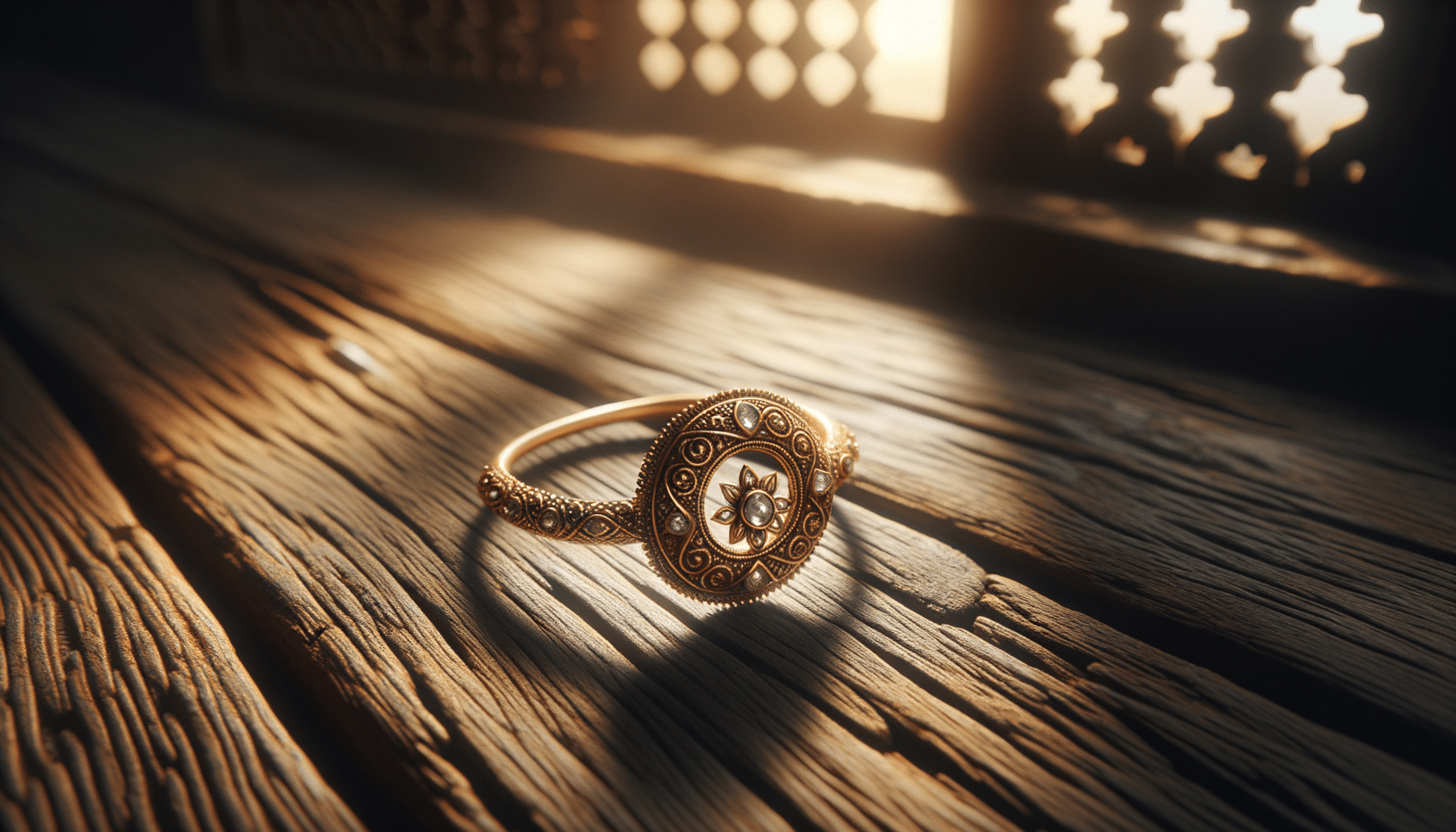
The Timeless Elegance of Traditional Gold Bridal Nose Rings
The Historical Significance of Bridal Nose Rings
Traditional gold bridal nose rings hold a remarkable place in cultural heritage, particularly in South Asian and Middle Eastern communities. Historically, these ornate pieces of jewelry symbolize more than just beauty; they carry deep cultural and spiritual significance. The practice of wearing nose rings dates back centuries, often linked to religious and cultural rituals.
In ancient times, nose rings were considered a symbol of prosperity and status. They were believed to have originated in the Middle East, later spreading to India in the 16th century. Over time, these adornments became an integral part of bridal attire, representing a woman’s transition into a new phase of life. For many cultures, the nose ring is not just an accessory but a sacred emblem of marriage and womanhood.
One fascinating aspect of these nose rings is their diversity in design and meaning across different regions. For instance, in certain parts of India, a nose ring signifies a woman’s marital status and is an essential component of her bridal jewelry. In other regions, the size and design of the nose ring can indicate the wearer’s social standing. This rich tapestry of meanings attached to nose rings makes them a cherished tradition that has stood the test of time.
Design and Craftsmanship: A Testament to Artistry
The intricate design and craftsmanship of traditional gold bridal nose rings are a testament to the skill and artistry of jewelers. Each piece is meticulously crafted, often featuring elaborate patterns and motifs that reflect the cultural heritage of the wearer. Artisans use a variety of techniques to create these stunning pieces, from filigree work to stone setting, ensuring that each nose ring is unique.
Gold is the preferred material for these nose rings due to its durability and symbolic significance. Gold is often associated with wealth and purity, making it an ideal choice for bridal jewelry. The designs can range from simple, elegant loops to more elaborate pieces adorned with precious stones such as diamonds, rubies, or emeralds.
The craftsmanship involved in creating a traditional bridal nose ring is not only about aesthetics but also about preserving cultural identity. Many artisans pass down their skills through generations, maintaining traditional techniques while also incorporating modern influences. This blend of old and new ensures that the traditional gold bridal nose ring remains relevant in contemporary times.
Cultural Variations and Modern Adaptations
While traditional gold bridal nose rings have a strong foothold in cultural heritage, they have also evolved to accommodate modern tastes and trends. In today’s globalized world, these nose rings are not confined to their regions of origin but have gained popularity worldwide, especially in fashion circles that appreciate their unique beauty.
Modern adaptations of these nose rings often feature a fusion of traditional designs with contemporary styles. For instance, minimalist designs that maintain the essence of the traditional nose ring are becoming increasingly popular among brides who prefer a subtle yet elegant look. Additionally, the use of different metals and innovative designs has broadened the appeal of these nose rings to a diverse audience.
Despite these modern adaptations, the traditional gold bridal nose ring continues to hold its cultural significance. Many brides still choose to wear these traditional pieces as a way to honor their heritage and maintain a connection with their cultural roots. This balance between tradition and modernity is what makes the traditional gold bridal nose ring a timeless piece of jewelry.
The Symbolism and Spiritual Significance
Beyond their aesthetic appeal, traditional gold bridal nose rings are imbued with rich symbolism and spiritual significance. In many cultures, wearing a nose ring is believed to enhance a woman’s beauty and attract positive energy. It is also thought to have health benefits, as per Ayurveda, which suggests that wearing a nose ring can help alleviate symptoms of certain ailments.
In Hindu culture, the nose ring is often associated with the goddess Parvati, symbolizing marriage and the feminine divine. It is also linked to the concept of Shakti, representing feminine power and strength. For many women, wearing a nose ring is a way to embody these attributes and connect with their spiritual beliefs.
This spiritual aspect adds a profound layer to the tradition of wearing a gold bridal nose ring. It transforms the nose ring from a mere accessory into a meaningful symbol that resonates with personal and cultural identity. This depth of meaning is one of the reasons why the tradition of wearing bridal nose rings continues to thrive.
Conclusion: A Timeless Tradition with Modern Relevance
The traditional gold bridal nose ring is much more than a piece of jewelry; it is a symbol of cultural heritage, artistry, and personal expression. Its historical significance, coupled with its intricate craftsmanship and spiritual symbolism, makes it a cherished tradition that continues to resonate with brides around the world.
As the world evolves, so do the designs and interpretations of these nose rings, allowing them to remain relevant while still honoring their rich cultural roots. Whether worn to celebrate heritage or to embrace modern fashion trends, the traditional gold bridal nose ring remains a timeless adornment that beautifully captures the essence of tradition and modernity.
For those seeking to explore the rich cultural tapestry and artistic craftsmanship of traditional gold bridal nose rings, these pieces offer a captivating glimpse into a world where tradition and modernity coexist harmoniously.


